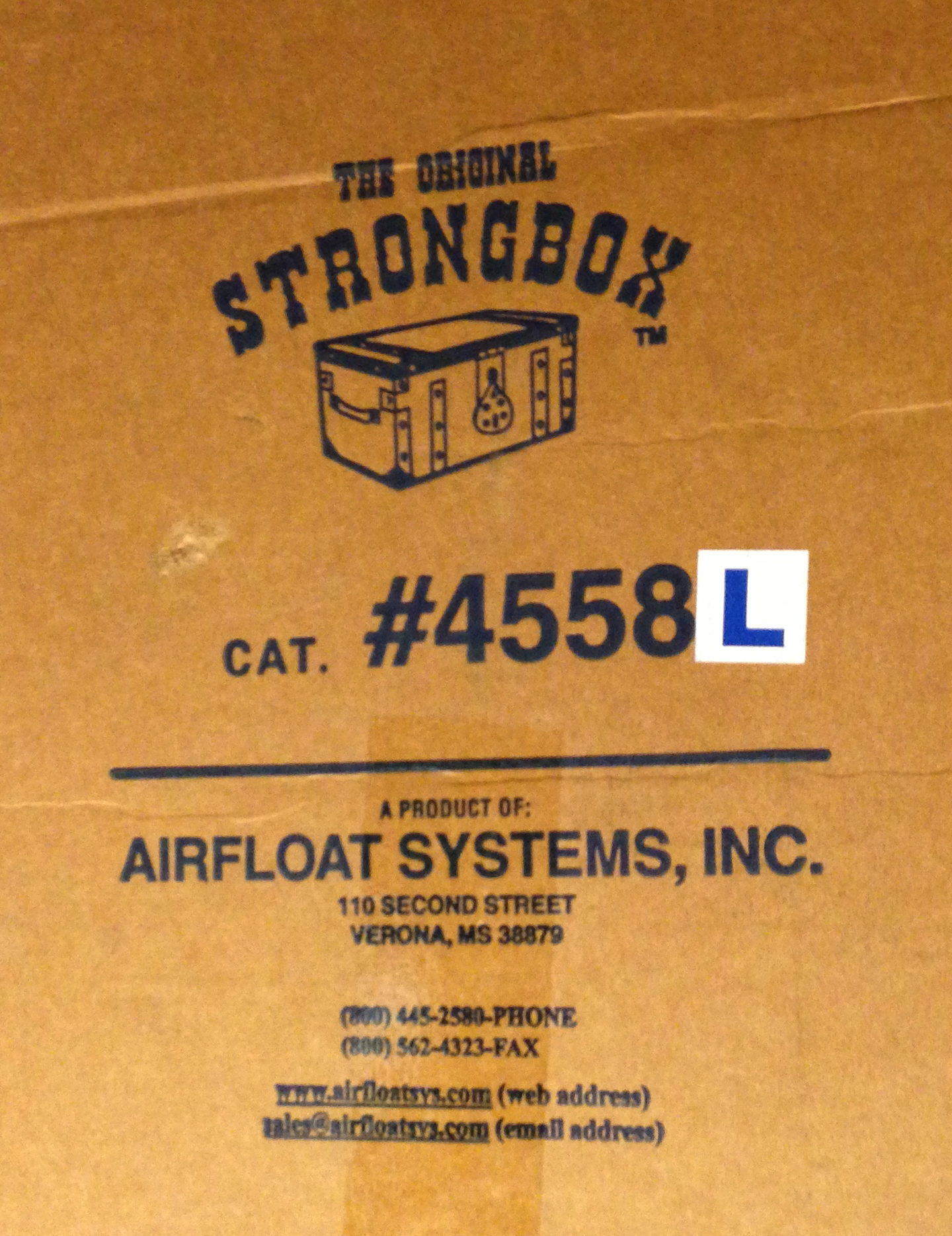In the next couple of weeks I will be shipping five paintings to two different shows so I have packing and shipping on my mind. This week I thought I would share another shipping story.
It seems like when you need to ship artwork once you have done it a few times you think to yourself okay, I got this. I’m finally figuring this whole thing out. See my previous posts on shipping FedEx vs. UPS and Declared Value: What does this mean?
After my last shipment of a large painting I have another dilemma that I’m going to try and solve before my next shipment of a painting this size. This particular experience is with UPS and shipping large artwork. I’m not sure what the guidelines are for FedEx. If anyone knows please feel free to make a comment with this post.
Last spring, I needed to ship a painting on a full size watercolor sheet, 22” x 30” after it was framed the total dimension ended up being. 35” x 43”. From my experience with the Florida Watercolor Society show, helping to unpack and pack paintings when the show was over, I discovered most, but not all, artists used the AirfloatSystems box. It’s used for ease in packing, and durability and the fact that it can be used multiple times. After a lot of research I decided to get an Airfloat box for this painting and ordered one that was thick enough to pack the two paintings that I needed to send to a show. I had seen another artist ship two paintings in the same Airfloat box and figured it would be okay. The box was a few inches bigger around than the largest painting to protect it. I used an extra layer of foam between the 2 paintings, with the larger painting on the bottom. Each painting also had the foam pieces on each side, that went from the edges of the frames to the box's outer edge.
I ordered an Airfloat box measuring 45” x 48” x 5.5”. However, before I ordered the box, I called UPS to make sure that this did not fall within the oversize box category because these Air Float boxes are not cheap even with the 20% discount I got from being a member of the Florida Watercolor Society. I figured since I could re-use the box it would be an investment when I need to ship large paintings. This dimension fell with in the guidelines for NOT being oversized, which if it was, would result in up charges from the already expensive shipping cost!
Here is where this gets interesting. The UPS formula for calculating whether a box is oversized is Length + Girth = not to exceed 130.” Girth is 2 times the width of the box plus 2 times the height of the box. As long as this figure added to the length doesn’t exceed 130” you are safe. If this figure is 131” to 164” then you will be charged a $55 up charge and if it exceeds 165” then there are more charges beyond that. This is what a UPS representative told me over the phone.
You can imagine my surprise when I got my invoice from UPS and they had audited the size of my box and charged me extra for it being oversized!! Trying not to let the steam escape from my ears, I called UPS andreiterated the whole process of calling them before I made this big investment, buying this Airfloat box with plans to re-use it, but didn’t feel confident doing so if I was going to be charged every time for it being oversized. She told me they had measured the box at 46” x 60” x 7” on the way to the gallery, and if you apply the formula, Length + Girth = 134,” it’s four inches over the 130” maximum!
I told her that was not the dimension of the box I sent. I had measured it myself when I packed it and it was what Airfloat had stated it was when I ordered it, 45” x 48” 5.5.”
When my second invoice came after the box had been shipped back to me from the gallery, same thing, an up charge for an oversized box. You have got to be kidding! After I got the box back I measured it to clear this up once and for all, and to my surprise again, UPS was right! The box was 46” x 60” x 7,” it had grown! It literally stretched with the packing and movement of shipping. It was no longer the acceptable dimensions I was counting on when I ordered it to begin with. The extra layer of foam to ship two paintings may have had something to do with the increased depth, but the sides also expanded as well.
The moral of this story is, if you ship large artwork with UPS, be aware of this formula or you will be slapped with up charges! Also if you order from Airfloat, don’t count on the actual dimensions they have on their catalogue. The box may grow after it is used just one time!
This story did have somewhat of a happy ending. Even though my box was bigger, UPS waived the up charges for me this time. However, now I have an expensive Airfloat box I can’t use again unless I’m willing to pay more than $100 dollars more in up charges in addition to the charge to ship the box to it’s destination and back. Maybe I can make it into a work bench or lay out table. Any other ideas?


